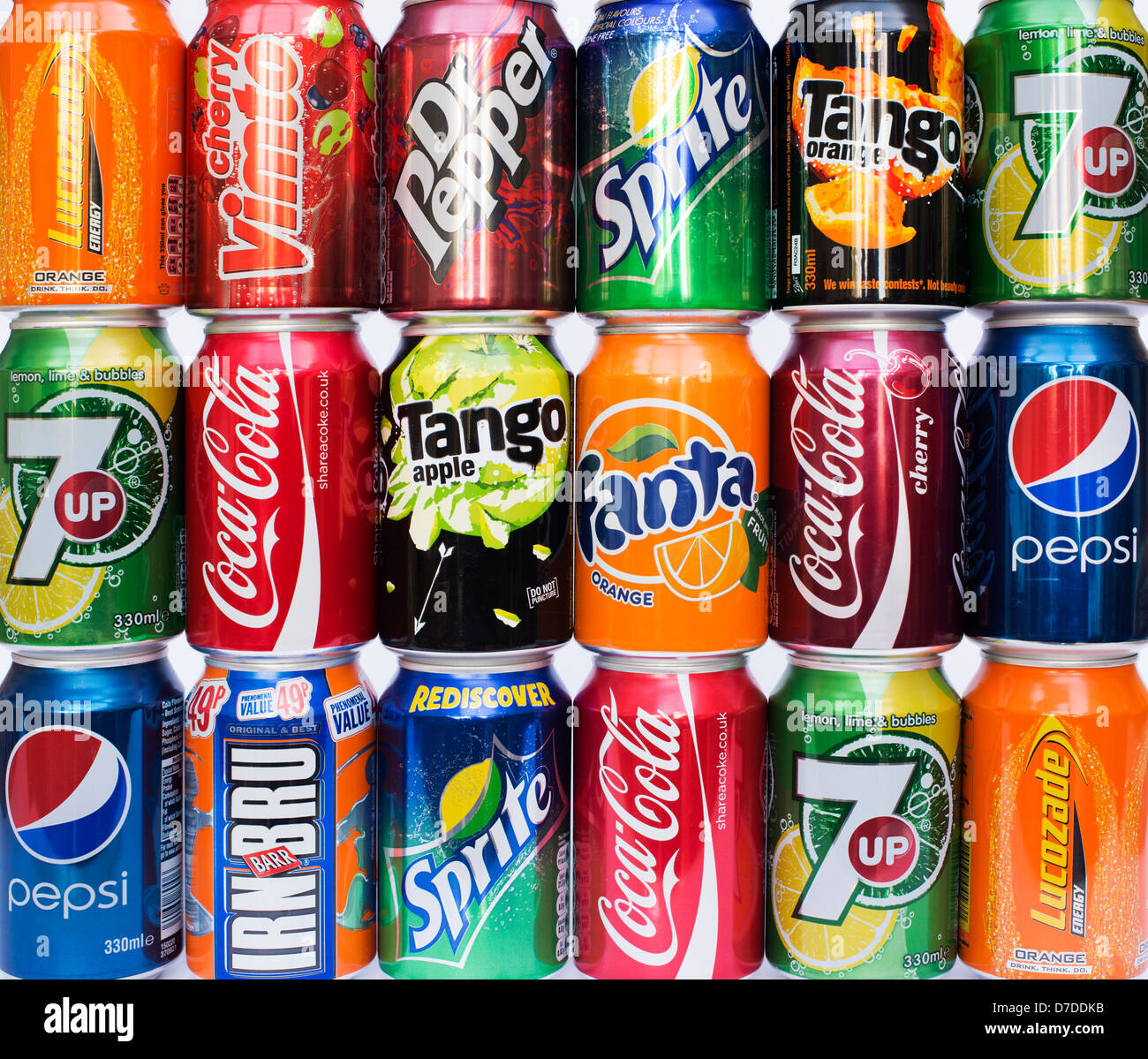Fizzy Fruit Drinks – Fizzy fruit drinks are everywhere! From convenience stores to fancy cafes, these bubbly beverages are a huge part of our culture. But how much do we
-really* know about them? This deep dive explores the fizzy fruit drink market, from its booming size and major players to the latest trends in flavors and packaging. We’ll also examine the ingredients, production methods, and even the marketing strategies behind these popular drinks, touching on health aspects and the future of the industry.
Fizzy Fruit Drinks Market Analysis
Source: alamy.com
The fizzy fruit drink market is a dynamic and ever-evolving sector, characterized by intense competition, shifting consumer preferences, and continuous innovation. This analysis delves into various aspects of this market, from its current state and future prospects to the ingredients, production, marketing, and health implications of these popular beverages.
Global Fizzy Fruit Drinks Market Overview
The global fizzy fruit drink market is substantial and exhibits significant growth potential. While precise figures fluctuate based on the source and year, estimates consistently place it in the billions of dollars annually, with a projected compound annual growth rate (CAGR) indicating continued expansion. Key players, such as Coca-Cola, PepsiCo, and Dr Pepper Snapple Group, dominate the market, holding a significant portion of the overall market share.
Examine how twomad funeral can boost performance in your area.
These companies leverage extensive distribution networks and strong brand recognition to maintain their position. The market is segmented by type (carbonated, sparkling), flavor profiles (citrus, berry, tropical), and packaging (cans, bottles, pouches). Smaller, niche players are also emerging, focusing on organic, natural, or functional ingredients to cater to specific consumer demands.
| Brand | Market Share (Estimate) | Key Features | Packaging |
|---|---|---|---|
| Coca-Cola (Fanta, Sprite) | 25% | Wide distribution, iconic branding, diverse flavors | Various (cans, bottles, etc.) |
| PepsiCo (Mountain Dew, 7 Up) | 20% | Strong brand recognition, aggressive marketing, diverse portfolio | Various (cans, bottles, etc.) |
| Dr Pepper Snapple Group | 15% | Unique flavor profiles, regional strengths | Various (cans, bottles, etc.) |
| Smaller Brands (e.g., Sparkling Ice) | 10% | Focus on natural ingredients, health-conscious consumers | Bottles, cans |
| Private Label Brands | 30% | Cost-effective option, varies widely in quality and ingredients | Various (cans, bottles, etc.) |
Consumer Preferences and Trends in Fizzy Fruit Drinks
Consumer preferences are evolving, driven by increasing health consciousness and a growing awareness of sustainability. The demand for healthier options, such as low-sugar or organic fizzy fruit drinks, is steadily rising. Social media and influencer marketing significantly impact consumption patterns, with trends often originating from online platforms and spreading rapidly. Emerging trends include unique flavor combinations (e.g., exotic fruits, herbal infusions), innovative packaging (e.g., sustainable materials, convenient sizes), and functional benefits (e.g., added vitamins, probiotics).
A survey could be designed to gather more precise consumer insights. The survey would cover aspects like preferred flavors, packaging preferences, purchase frequency, price sensitivity, and awareness of health and sustainability factors.
Ingredients and Production of Fizzy Fruit Drinks
Fizzy fruit drinks typically consist of water, sweeteners (sugar, high-fructose corn syrup, artificial sweeteners), fruit juices or concentrates, acids (citric acid), flavorings, preservatives, and carbon dioxide for carbonation. Production methods vary, ranging from large-scale industrial processes to smaller-scale artisanal production. Large-scale production often employs high-speed automated systems for efficiency and cost reduction. Regulations and standards governing ingredients and production processes vary by region, with emphasis on food safety, labeling accuracy, and ingredient quality.
The carbonation process involves dissolving carbon dioxide under pressure into the liquid, creating the characteristic fizz. The pressure is carefully controlled to achieve the desired level of carbonation and maintain product quality.
Packaging and Distribution of Fizzy Fruit Drinks
Innovative packaging designs focus on sustainability and consumer appeal. Examples include using recycled materials, reducing packaging size, and incorporating eco-friendly features. Distribution channels encompass retail stores (supermarkets, convenience stores), food service establishments (restaurants, cafes), online platforms (e-commerce websites), and vending machines. Challenges include maintaining product quality during transportation and storage, managing supply chains effectively, and adapting to evolving consumer preferences regarding packaging sustainability.
| Packaging Material | Cost | Environmental Impact | Consumer Perception |
|---|---|---|---|
| Glass | High | High recycling rate, but energy-intensive production | Premium, but heavy and breakable |
| Plastic (PET) | Moderate | Significant environmental concern due to plastic waste | Convenient, lightweight, but less environmentally friendly |
| Aluminum | Moderate | High recycling rate, lightweight, but energy-intensive production | Recyclable, lightweight, but can dent |
Marketing and Advertising Strategies for Fizzy Fruit Drinks
Successful marketing campaigns often leverage strong branding, targeted advertising, and compelling messaging. Examples include celebrity endorsements, social media campaigns, and experiential marketing initiatives. Effective advertising channels include television, radio, digital platforms, and out-of-home advertising. A mock marketing plan for a new fizzy fruit drink would define a specific target market (e.g., young adults, health-conscious consumers), develop a clear brand message (e.g., natural ingredients, refreshing taste), and Artikel promotional activities (e.g., social media contests, sampling events).
Health and Nutritional Aspects of Fizzy Fruit Drinks
The nutritional content of fizzy fruit drinks varies considerably depending on the specific product. Many contain high levels of sugar, while others offer reduced sugar content or added vitamins. Compared to other beverage options (water, juice, tea), many fizzy fruit drinks offer lower nutritional value and can contribute to excessive sugar intake. Regular consumption can lead to weight gain, dental problems, and other health issues.
The demand for healthier alternatives is growing, with many manufacturers introducing low-sugar, organic, and functional options.
Future Outlook and Innovation in the Fizzy Fruit Drinks Market
Future trends suggest a continued focus on health, sustainability, and innovation. Potential developments include the use of natural sweeteners, functional ingredients (e.g., probiotics, antioxidants), innovative packaging materials (e.g., biodegradable plastics), and personalized flavor profiles. Technological advancements, such as improved carbonation techniques and efficient production processes, will further shape the market. Challenges include navigating evolving regulations, managing costs, and meeting consumer demands for healthier and more sustainable products.
Outcome Summary: Fizzy Fruit Drinks

Source: ytimg.com
So, there you have it – a whirlwind tour of the fizzy fruit drink world! From understanding consumer preferences and the intricacies of production to appreciating the innovative marketing and considering the health implications, we’ve covered a lot of ground. The fizzy fruit drink market is dynamic and ever-evolving, presenting both challenges and exciting opportunities for innovation. Whether you’re a consumer, an industry professional, or just curious, understanding this market is key to navigating the bubbly landscape of refreshing beverages.



